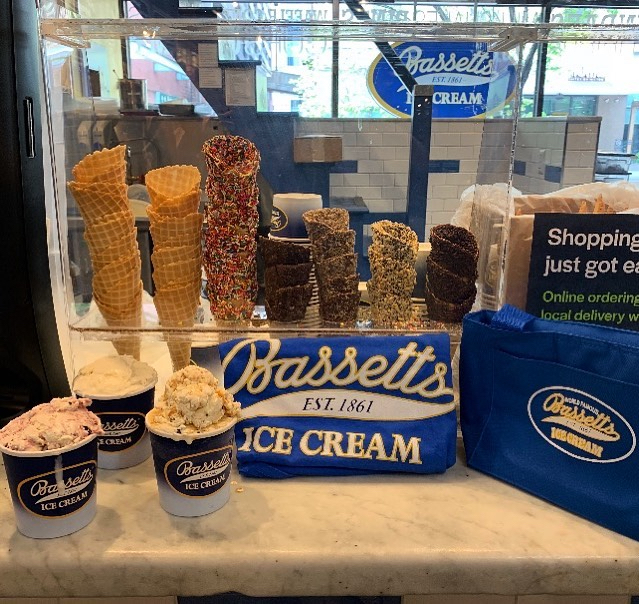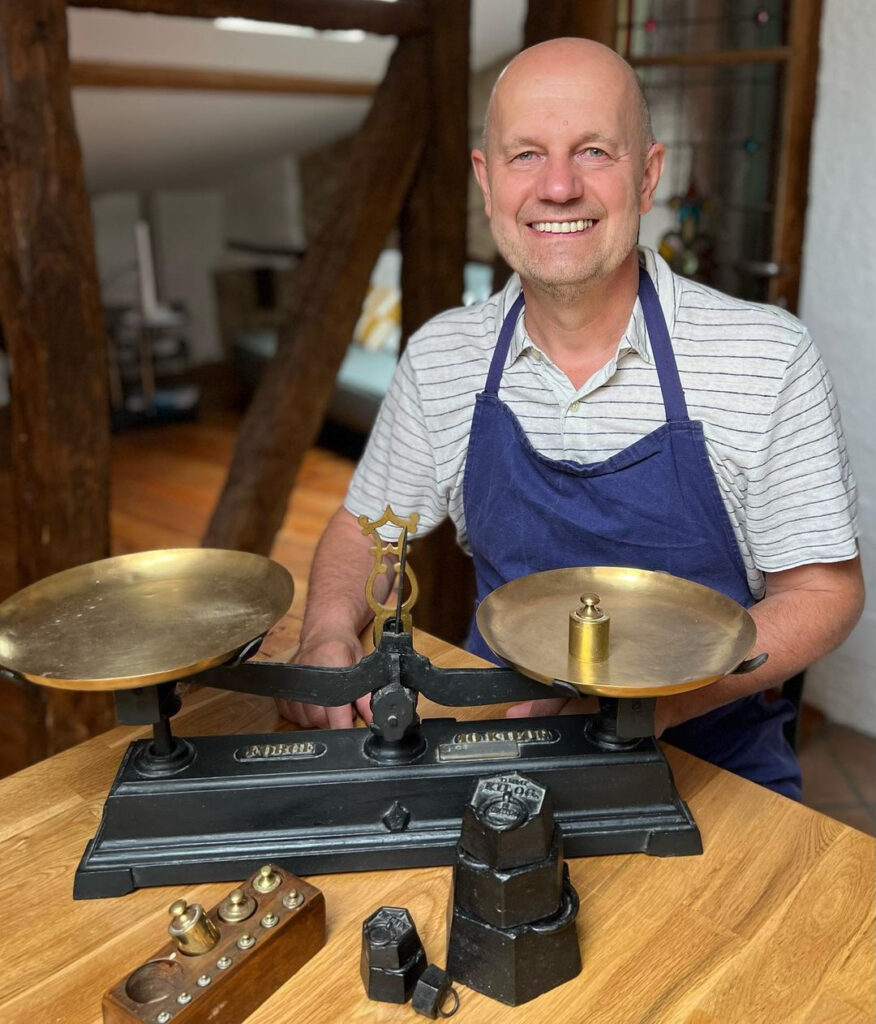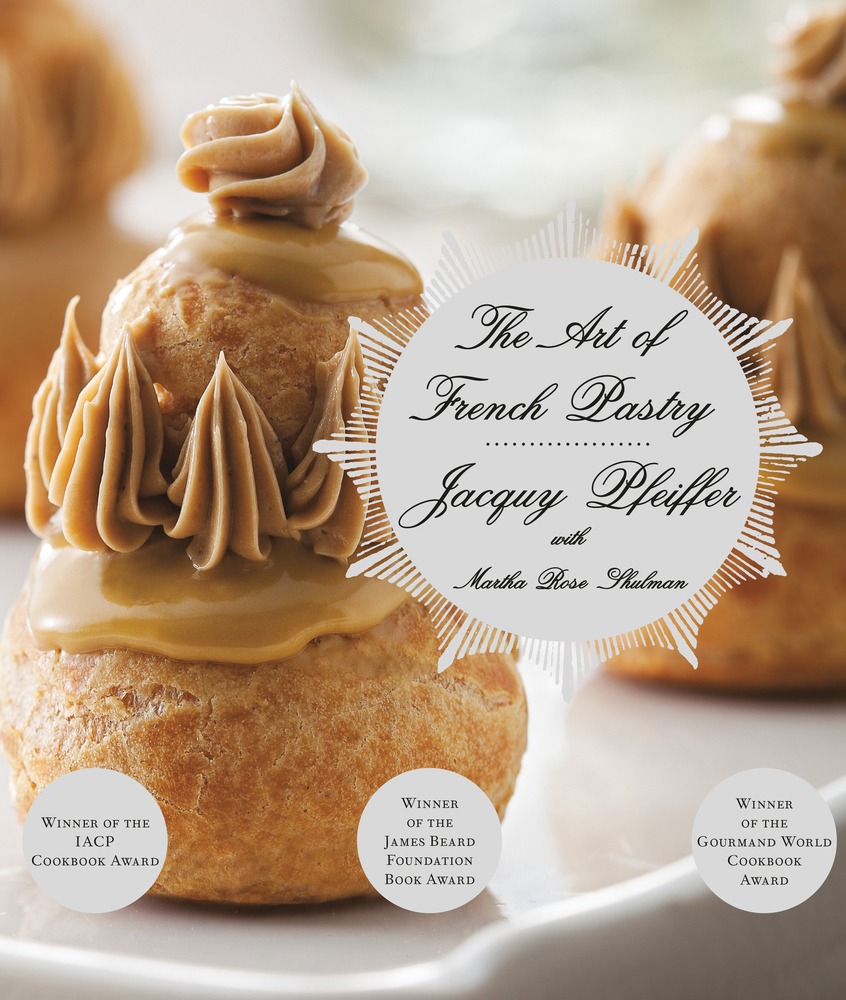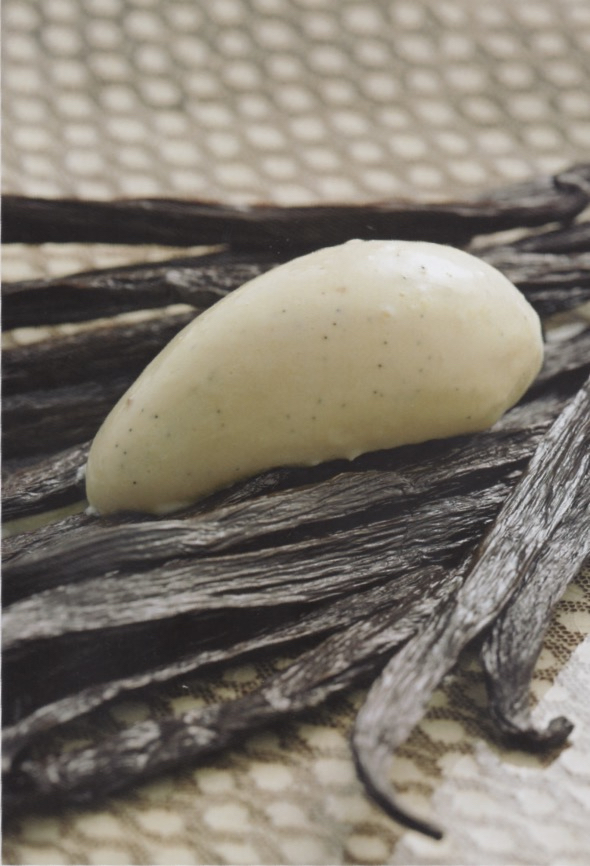We are more than halfway through July and National Ice Cream Month. Earlier, we explored a concise overview of the history of ice cream. It remains uncertain as to when exactly and who precisely invented ice cream, and opinions on this matter differ. One perspective suggests that Marco Polo may have encountered it during his journeys in the Far East and later introduced it to Europe. On the other hand, some assert that Catherine de Medici brought ice cream to France upon her marriage to King Henry II. Additionally, there are accounts tracing the origins of ice cream back to ancient Persia as early as 550 BC.
The history of ice cream remains a topic of considerable debate, just as the lists of the most popular ice cream flavors vary significantly worldwide. While some flavors like chocolate, strawberry, and mint chocolate chip consistently appear on many lists, one flavor stands out as the unanimous global favorite – vanilla.
According to Listamaze, vanilla takes the lead as the prominent flavor, particularly in North America, Asia, and Europe. It’s a flavor that appeals to a wide range of age groups.
As stated in the survey conducted by “Iced: 180 Very Cool Concoctions,” vanilla is considered the default flavor for ice cream by Americans. Interestingly, the origins of vanilla as a taste enhancer can be traced back to Mexicans, who discovered its incredible flavors, leading to its spread to Spain.
Categories of Frozen Desserts
Ice cream or frozen desserts can be categorized based on the ingredients utilized and the specific method of preparation. Four of the most popular are ice cream, custard-based ice cream, gelato, and sorbet.
Philadelphia-style Ice Cream
Ice cream that is made without any eggs is known as Philadelphia-style ice cream.

Philadelphia-style ice cream, also known as American-style ice cream, is a simpler and quicker version of traditional ice cream, which typically includes egg yolks in the base to create a custard-like texture.
The main ingredients in Philadelphia-style ice cream are cream, milk, sugar, and flavorings such as vanilla, chocolate, fruit, or any other desired flavor. Without the addition of egg yolks, the ice cream has a pure and straightforward taste, with a focus on the primary flavors, and is lighter and less rich. As a result, it allows the flavorings to shine through without the additional richness of eggs, making it a favorite choice for many ice cream enthusiasts.
French-style Ice Cream
When ice cream bases have eggs added to them they are known as custard-based ice cream or French-style ice cream.
Unlike Philadelphia-style ice cream, custard or French-style ice cream must be heated up before churning. In addition, the International Dairy Foods Association states that custard-based ice cream “must also contain a minimum of 10 percent milkfat, as well as at least 1.4 percent egg yolk solids.”
Gelato
Gelato is a traditional Italian frozen dessert that is similar to ice cream but has some distinct differences in ingredients, texture, and serving temperature. Gelato is known for its rich and creamy taste, as well as its intense flavors.
Key characteristics of gelato include:
- Ingredients: Gelato is typically made with milk, sugar, and flavorings such as fruits, nuts, chocolate, coffee, or other natural ingredients. It contains less cream and more milk than traditional ice cream, which results in a lower fat content.
- Texture: Gelato is churned at a slower speed than ice cream, incorporating less air into the mixture. This results in a denser and smoother texture, with less noticeable ice crystals. Gelato is often described as silkier and more velvety compared to ice cream.
- Fat Content: Gelato usually contains less milkfat (around 3-8%) than ice cream (typically 10% or more). The lower fat content allows the flavors to be more pronounced and the texture to be smoother.
- Serving Temperature: Gelato is served at a slightly higher temperature than ice cream. The higher serving temperature enhances its creamy texture and intensifies the flavors, making it more enjoyable to the palate.
- Flavors: Gelato offers a wide variety of flavors, ranging from traditional favorites like vanilla and chocolate to more unique options such as pistachio, stracciatella (chocolate chip), tiramisu, and various fruit flavors.
- Storage: Due to its lower fat content, gelato is best consumed shortly after it is made. It is generally stored at slightly warmer temperatures than ice cream to maintain its creamy texture.
Sorbet
Sorbet is a frozen dessert made from fruit puree, water, and sugar. It is a popular choice for those who prefer a dairy-free and lighter frozen treat. Sorbet is known for its refreshing and fruity flavors and is commonly enjoyed as a palate cleanser between courses in fine dining or as a refreshing dessert on hot days.

Key characteristics of sorbet include:
- Ingredients: Sorbet is typically made with a blend of fresh or frozen fruit puree, water, and sugar. The fruit puree provides the primary flavor and color of the sorbet.
- Dairy-Free: Unlike ice cream and gelato, sorbet does not contain any dairy products like milk or cream. This makes it an excellent option for individuals who are lactose intolerant or prefer a non-dairy dessert.
- Texture: Sorbet has a smooth and icy texture. When properly made, it should have a light and airy consistency, without any ice crystals.
- Flavors: Sorbet comes in a wide variety of fruit flavors, including raspberry, strawberry, mango, lemon, lime, passion fruit, and many others. Fruit sorbets can be made from virtually any fruit with natural sweetness.
- Fat-Free: Since sorbet doesn’t contain any dairy or fat, it is a fat-free dessert option.
- Palate Cleanser: Due to its light and refreshing nature, sorbet is often served as a palate cleanser between courses in a multi-course meal, especially in upscale dining settings.
- Allergen-Friendly: Because sorbet is dairy-free and typically doesn’t contain common allergens like nuts, it is a suitable option for people with various food allergies and dietary restrictions.
Other popular types of frozen desserts that fall under the “ice cream” category are soft-serve ice cream, frozen yogurt, Italian ice, granita, and sherbet.
Numerous vanilla ice cream recipes exist, but we believe Chef Jacquy Pfeiffer’s version will become your new go-to recipe.
About Chef Jacquy Pfeiffer

Chef Pfeiffer is a renowned pastry chef and culinary instructor hailing from Alsace, France. With a passion for the art of pastry and a dedication to excellence, he has left an indelible mark on the culinary world.
He honed his skills at some of the finest culinary schools and prestigious establishments in France before venturing across the Atlantic to the United States.
In 1995, Chef Pfeiffer co-founded the French Pastry School in Chicago, an institution dedicated to teaching the art of pastry to aspiring chefs. His commitment to passing on his knowledge and expertise to the next generation of pastry professionals has earned him high praise and admiration within the culinary community.
A distinguished chef, Chef Pfeiffer’s talent and creativity have earned him numerous accolades and awards. He is a recipient of the prestigious Meilleur Ouvrier de France (MOF) title, a distinction that recognizes outstanding craftsmanship in the culinary arts.
Having participated in numerous international pastry competitions, he showcased his talent at events like the 1996 World Chocolate Masters in Paris. He was also a member of the 1995 and 1997 Coupe du Monde de la Pâtisserie‘s U.S. Pastry Team. In 1997, he along with Chefs Thaddeus Dubois and Sébastien Canonne, secured the silver medal in the prestigious biennial event held in Lyon, France. He was also named one of the Top Ten Pastry Chefs in America by Chocolatier and Pastry Arts & Design magazines for two consecutive years. In 2003, Chef Pfeiffer was inducted into the Académie Culinaire de France.
You can follow Chef Pfeiffer on Instagram and Facebook.

This particular recipe originates from “The Art of French Pastry,” an award-winning cookbook co-authored by Chef Pfeiffer and Martha Rose Shulman, acclaimed by both the IACP (International Association of Culinary Professionals) and The James Beard Foundation.
Although this recipe may be a bit more involved than other vanilla ice cream recipes you will be well rewarded with the creamiest, smoothest, delicious ice cream you have ever tasted.
Vanilla Ice Cream / Crème Glacée À La Vanille

YIELD: 1 quart
| INGREDIENTS | WEIGHT | MEASURE OR OUNCE WEIGHT |
| Whole Milk (3.5% fat) | 520 grams | 2 1/3 cups |
| Heavy Cream (35% fat) | 250 grams | 1 cup + 1 1/2 tablespoons |
| Egg Yolks | 80 grams | About 4 1/2 yolks |
| Granulated Sugar (divided into 2 equal parts) | 175 grams | 1 cup less 2 tablespoons |
| Nielsen Massey Vanilla Bean* | 1.5 beans | 1 1/2 beans |
* You can substitute the 1 1/2 vanilla beans with 15g of vanilla extract, paste, or powder.
STEP ONE (The day before making the ice cream):
Measure out the milk and place all but 50 grams (1/4 cup) in a saucepan or bowl. Place the 50 grams in a bowl and back into the refrigerator. You will use this later on.
On a cutting board, cut the vanilla bean in half – lengthwise – and using the back tip of the knife – scrape out the seeds from the bean. Put the seeds and the bean into the milk. Cover and put in the refrigerator overnight.
NOTE: If you forget to do this step the day before, put the milk and vanilla in a heavy-bottomed pot and heat to 158 degrees Fahrenheit/70 degrees Celsius. Remove from the heat, cover, and let steep for 15-30 minutes.
Instructions
1. Fill a large bowl with ice and set a ramekin or small bowl in the middle and rest a large bowl on top. Place a fine mesh strainer over the bowl and set aside.
2. Place the milk and vanilla mixture, heavy cream, and 87.5 grams of granulated sugar in a medium saucepan. Place over a medium heat. Stir for 10 seconds to insure the granulated sugar does not stick to the bottom of the saucepan.
3. While the milk mixture is heating up, place the egg yolks in a bowl with the remaining 87.5 grams of granulated sugar and whisk well for 30 seconds. Mix in the remaining 50 grams of milk. (Failure to mix immediately will allow the sugar to “burn” the egg yolks and you will end up with small orange lumps. Additionally, the sugar, when mixed properly, will create a buffer around the egg yolks and help the yolks from coagulating too quickly.)
4. When the milk comes to a boil, turn off the heat. Remove the split vanilla bean pods and set them on a plate. Stirring constantly with a whisk, slowly pour about 2 cups of the hot milk into the egg yolk mixture. Then whisk the egg yolk mixture back into the saucepan.
5. Place the saucepan back on the stove over a low heat. Using a rubber spatula, stir constantly and everywhere until you feel the mixture starting to thicken. Stiffing in a figure-8 pattern helps to assure that your spatula touches the entire bottom of the pan. To test whether or not your sauce is thick enough, take your pan off the heat, lift your spatula from the saucepan with some sauce on it and run a finger down the middle. It should leave a canal. Place a thermometer in the sauce pan and stir the mixture constantly with the spatula over low heat until the temperature reaches between 165 degrees-185 degrees Fahrenheit/75 degrees-85 degrees Celsius.
6. Immediately strain the mixture into the clean, dry mixing bowl set in the ice. Stir for a few minutes, then once every few minutes, until the mixture has cooled. If you do not have enough ice on hand, place the bowl in the freezer and stir once every few minutes. (Note: It is crucial to rapidly cool down the egg mixture within 20 minutes to ensure safety and prevent the risk of salmonella contamination.) Once cool, transfer to a container, cover tightly with plastic wrap, and refrigerate overnight.
Churning the Ice Cream
1. Place a 1-quart container in the freezer.
2. Remove the ice cream base from the refrigerator. Using an immersion blender, blend the mixture for 1 minute.
3. Freeze in an ice cream maker according to the manufacturer’s instructions.
4. Transfer to the chilled container, cover, and freeze for at 3 hours.
5. Check ice cream before serving. If it’s very hard, transfer it to the refrigerator for 15- to 30-minutes.
Storage
The vanilla ice cream will keep in the freezer for 1-month in a well-sealed container. We doubt it will last that long!
